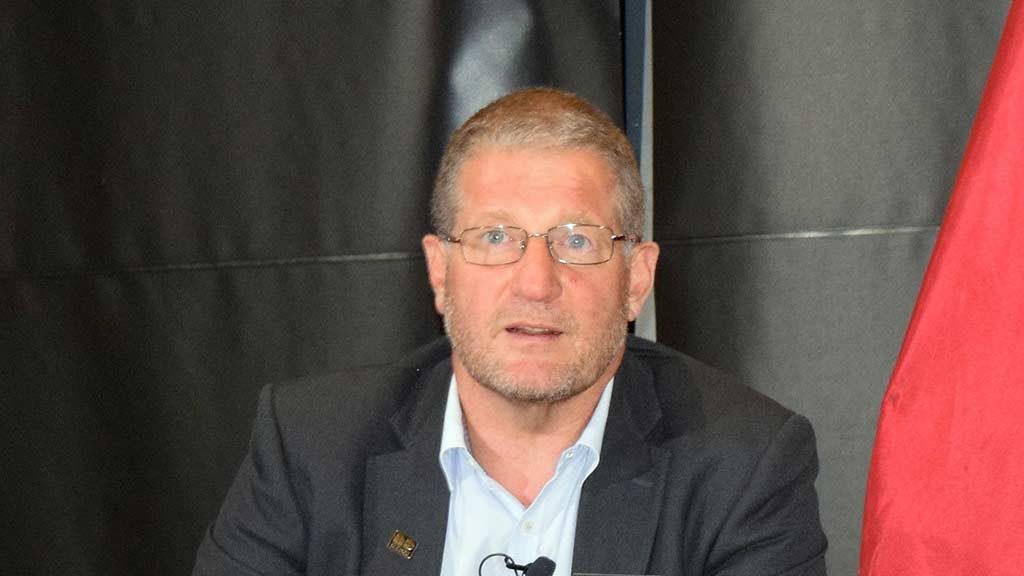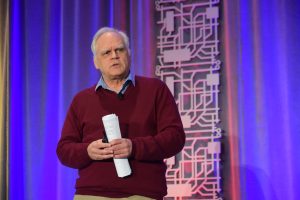It’s been an eventful year for P3s in Ontario with stakeholders such as the Ontario government, its agency Infrastructure Ontario and major project owners like Metrolinx, all redefining key elements of the model and pushing boundaries.
When the Province and IO unveiled their first P3 project Market Update in two years (on Sept. 10), the financial commitment to more than $65 billion worth of projects made the big splash but as IO’s president and CEO Ehren Cory pointed out in an interview at the time, it’s also notable that behind the scenes the P3 model is being significantly recalibrated.
“The word innovation gets thrown around a lot and means different things to different people,” said Cory. “We are on a journey of constantly improving and changing our model.
“Although the project pipeline might look very similar there is a lot going on under the surface in how we create a model that works well for the market.”
”Institutionally, the Ontario government signalled it would be taking P3s in new directions back in March when then-Minister of Infrastructure Monte McNaughton announced new steps to attract international investors looking to participate in Ontario’s P3 market while on a trade mission in Berlin.
New measures included creating opportunities for more competition in P3s by accounting for international experience, promoting innovation by making project specifications less prescriptive and rebalancing IO bid evaluation criteria to better reward design innovation.
Cory’s Market Update letter in September reiterated the goals.
“IO is continuing to take the necessary steps in consultation with the industry to improve upon our project delivery approach,” he wrote. “As an international leader in public-private partnerships, IO believes it is critical to continue the evolution of the model to meet today’s realities.”
Cory offered examples of the way IO has reformed its approach to negotiating risk transfer within a project, spurred on by the onset of so much new transit work. A DBFM contract today is different from one 10 years ago, he said. With so many transit projects spanning long corridors, old strategies of dealing with risk — automatically trying to pass risk off to the private sector — may not be applicable.
“It’s a DBFM but we need to share the risk on utilities relocation, it is a big deal when you do a transit project,” he explained.
One of IO’s focuses right now is moving to risk reduction instead of risk transfer, Cory said. There can be savings if the whole project or components are derisked. So, IO is viewing the Ontario Line subway project as having a dozen early-works projects.
“Could we accelerate the project and derisk it by moving a bridge or widening a bridge or moving some utilities, getting early work done that speeds up the work but also takes out the risk,” he said.
It’s clear IO’s drive to derisk projects is not only supported by the private sector, the private sector is pressing hard. As chief operating officer and executive vice-president of EllisDon Capital, Joey Comeau has sat down with IO often in recent years to discuss risk.
“On fewer and fewer projects the private sector is willing to take the risk transfer they have taken in the past on these large-scale civil projects,” he said recently. “Right now, the private sector is starting to react. We realize the risk transfer was inappropriate and collectively we are starting to push back on that very hard.”
Among major transit projects driving change in P3 procurement practices, none is more transformational than the GO RER OnCorr electrification project. Metrolinx had unprecedented consultations with bidders and other interested parties worldwide over the past two years, collaboration that continues as four qualified bidders pull together proposals during the in-market phase. The OnCorr capital projects alone will cost $10- to $12 billion and there will also be 30 years of operations and maintenance.
“The OnCorr project is such a unique one for us,” said Cory, laying out a list of capital works in addition to a major change to the Metrolinx service model.
“If you picture a classic P3 of the past, it’s a really big construction project with a 30-year maintenance component. OnCorr is a 30-year operating and maintenance project with a construction contract. So that’s why it has required us to innovate in how we evaluate the bidder, and what we are looking for, and for sure, it has opened up the window for innovation.”
Metrolinx president and CEO Phil Verster attended the Market Update presentation and explained how the OnCorr owners were pushing bidders on the all-important technical issue of the energy solution for the trains — hydrogen-powered versus an overhead catenary system.
“Those are choices bidders can make,” he said. “I don’t think those are unresolved issues, quite the opposite, those are choices in the market we allow bidders to make. And that is what P3s are about. It’s about innovation. It’s about encouraging consortia to innovate when they put proposals forward to us.”
IO is in a better position to showcase its expertise on a world stage now that the Ontario government has passed legislation permitting the agency to contract out its services to outside agencies. Cory was quoted as saying at a May meeting of the Canadian Club in Toronto that the initiative would provide “an opportunity for Ontario-based companies to be able to participate in other markets, because they have a homegrown advantage having spent the last decade-plus working here.”





Anyone who thinks that hydrogen fuel is the answer to powering trains either hasn’t studied the issue or has a vested interest in the technology.
Phil Verster should also be investigating the use of battery power which is a much more feasible and less expensive idea, especially for commuter trains. It will do away with catenaries too which are expensive.